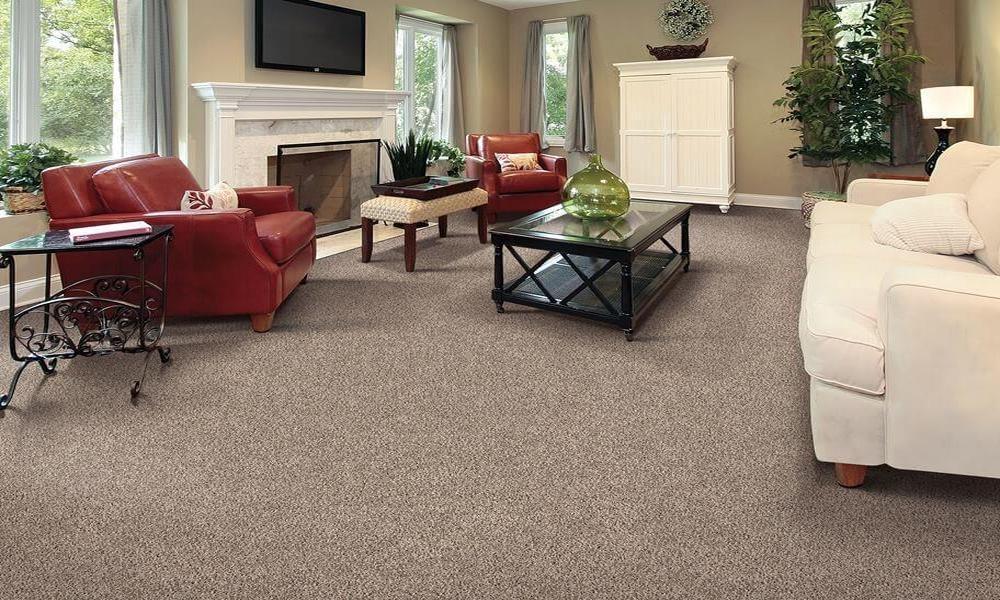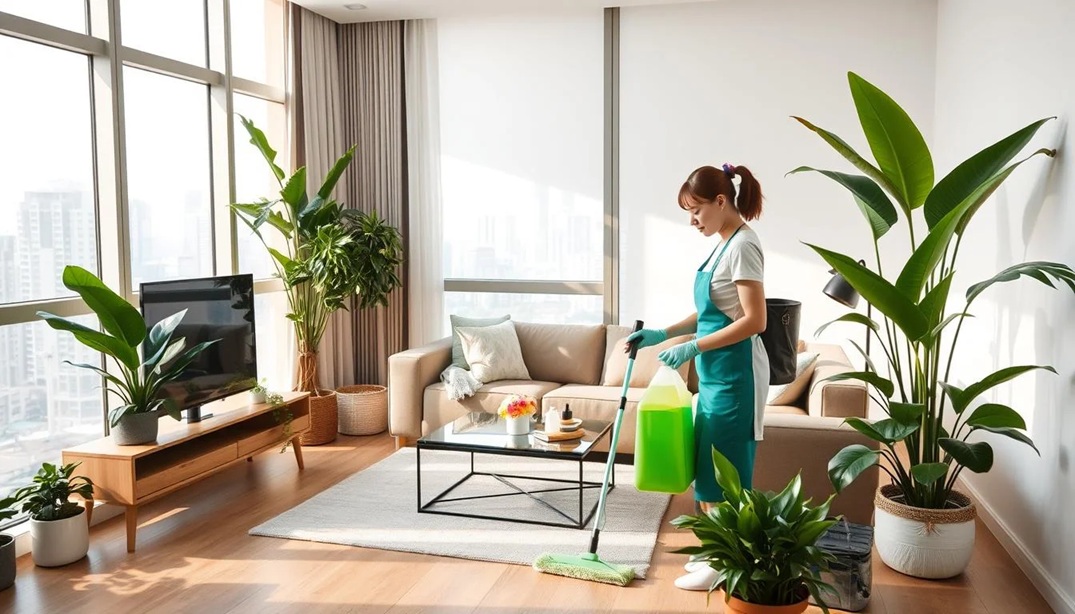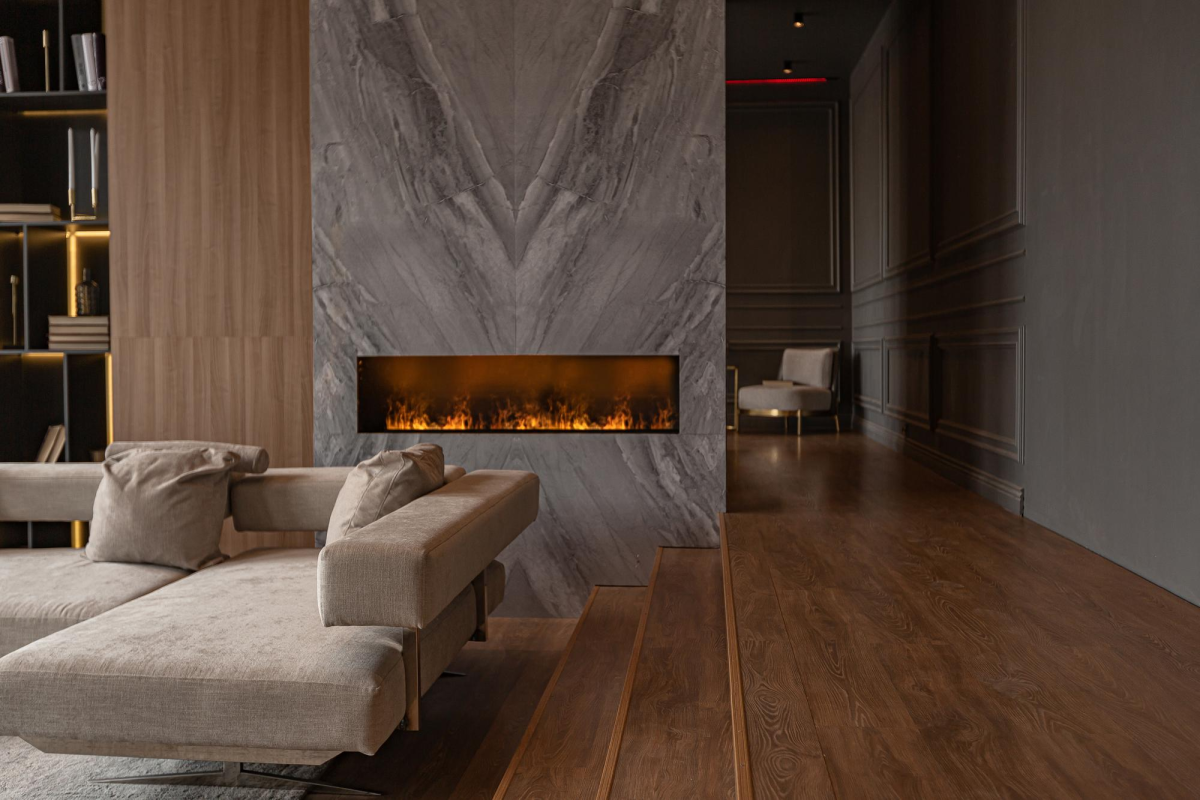Wall-to-wall carpets can be made from a variety of materials, including wool, nylon, polyester, and olefin. Each material has its own unique properties, such as durability, stain-resistance, and softness. Installing wall-to-wall carpet involves stretching the carpet tightly over a padding layer and securing it to the floor around the edges of the room. This process requires specialized tools and skills, and should be done by a professional installer. Wall-to-wall carpeting can help improve indoor air quality by trapping dust and other allergens in the carpet fibers, which can then be vacuumed away. However, it’s important to keep carpets clean and well-maintained to prevent the buildup of dirt and bacteria. Wall-to-wall carpets can be a great choice for bedrooms, living rooms, and other areas where you want a cozy, comfortable feel underfoot. However, they may not be the best option for high-traffic areas or homes with pets, as they can be more difficult to clean and may trap odors
Essential Wall to wall carpets
Wall-to-wall carpets should be able to withstand foot traffic, spills, and every day wear and tear. Look for carpets made from durable materials such as nylon or wool, and consider the carpet’s thickness and density. Carpets can be prone to staining, especially if they are in high-traffic areas or if you have pets or children. Carpets that have stain-resistant properties, such as those treated with a stain-resistant finish or those made from synthetic fibers. Wall-to-wall carpets come in a variety of colors and styles, from neutral hues to bold patterns.
Wall-to-wall carpets can add warmth and comfort to a room, especially in colder months. Look for carpets that have a soft, plush feel underfoot. Wall-to-wall carpet installation can be a complex process that involves stretching the carpet over a padding layer and securing it to the floor. Wall-to-wall carpets require regular cleaning and maintenance to keep them looking their best. Consider how easy the carpet is to clean and whether it requires professional cleaning or can be cleaned at home with a vacuum or steam cleaner. Wall-to-wall carpets can vary greatly in price depending on the material, style, and quality.
Things that avoid with Wall to wall carpets
High-traffic areas: Wall-to-wall carpets can be easily worn down in high-traffic areas, such as hallways and entryways. Excessive moisture can damage carpets and cause mold and mildew growth. Avoid installing wall-to-wall carpets in areas that are prone to moisture, such as basements or bathrooms. Harsh cleaning products, especially those containing bleach or ammonia, can damage carpet fibers and cause discoloration. Stick to gentle, carpet-safe cleaning products and avoid using harsh chemicals on your wall-to-wall carpeting. Sharp objects such as high-heeled shoes or pet claws can snag or tear carpet fibers. Avoid wearing shoes with sharp heels on your wall-to-wall carpets, and keep your pets’ nails trimmed to prevent damage. Direct sunlight can fade and discolor carpet fibers over time. Heavy furniture can compress and damage carpet fibers over time, leaving permanent indentations in the carpet.







Comments